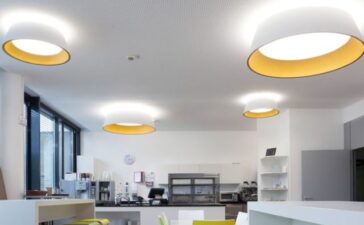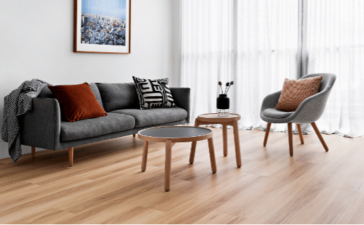Think of landscape architecture as a mash-up between art and science. It’s all about planning, crafting, and caring for natural or man-made environments. This field fuses lessons from environmental sciences with artistic design skills.
If you’re kick-starting your journey into landscape designing, dreaming up ideas to beautify your home grounds, or just love admiring neat spaces, this article has got something for you! We’ll guide you through the ABCs of landscaping architectural designs.
Understanding Landscape Architecture
Landscape architecture is a pretty fascinating field, pulling in bits from horticulture, artistry, environment science and city planning. The goal is to make outdoor spaces that are not just pleasing to the eye but useful too – keeping nature’s vibe intact alongside human needs.
It tackles all sorts of projects, supplying everything from cozy home gardens to public parks and even managing entire urban designs or coastal restorations. It might sound surprising but one of the very first things landscape architects do has nothing much to do with designing at all! They actually start by taking notes on what already exists.
They are checking out stuff like:
- Climate conditions for plants’ growth.
- Land slopes (topography).
- Vegetation patterns.
- Existing structures present around it.
Basic Design Principles in Landscape Architecture
Let’s talk about the basics of landscape architecture – unity, balance, and proportion. Plus, there’s a little bit of focalization and sequence or rhythm!
So what’s ‘unity’ all about? Well it’s when everything in your space just vibes together really well to make a consistent theme. Then there is ‘balance’, which means getting that sweet symmetry right – creating equilibrium within spaces visually.
Proportion has more to do with size, like making sure elements are scaled correctly for their surroundings! Focalization helps guide our eyes directly towards an interesting point or area (spotlight effect).
Lastly, we have sequence and rhythm, adding some groove into landscapes through clever arrangement patterns as they repeat themselves giving off a sense of motion.
Incorporating Safety Into Design
Designing landscapes isn’t just about making things look pretty. It’s also all about keeping people safe and well-planned sites! Think of smooth, secure pedestrian pathways, plenty of light for late-night strolls, and accessible areas welcoming everyone.
Construction spots take safety up a notch higher. Clear sign boards are must-haves to guide workers around the site safely. No one wants accidents messing with workflow, after all!
Applying the Principles: From Design to Reality
Once you’ve got the hang of basic design principles, it’s about taking them a step further. Landscape architects are then in full swing to make spaces that wow and work using:
- Tools like CAD software for drafting up designs or 3D modeling.
- Good old hand sketches when ideas just start brewing.
- Physical models giving one real feel of proposed space.
But landscape architecture isn’t only drawing pretty pictures – planning how these plans come to life can be equally nerve-wracking! This means picking out plants perfect for each spot along with the right materials while coordinating everything on a contractor’s schedule.
Conclusion
So, landscape architecture is a truly gratifying field. It blends creativity with purpose, making spaces pretty and practical. When you’ve nailed down those basic design rules, you might just be on your way to crafting some stunning landscapes of your own.






